Cats have received a bad rap from folks who believe them to be aloof and uncaring. Not true. If you know cats, you are aware that they often behave with loving attention. Some breeds do show more affection than others. Are you familiar with the most affectionate cat breeds?
Often the reason a cat appears so aloof stems from the kind of treatment he receives from his human family. If family members do not interact with the cat, he becomes an observer, watching from the sidelines, but not becoming part of the action.
All this can change if the cat receives positive attention: His family needs to talk to him, encourage him to play, and give him hands-on petting and scratching. He needs to be socialized, from the time of his kittenhood, and then he will learn how to act around people.

Often a cat becomes the take-home choice from a shelter. This cat could be a Heinz 57 cat, having some traits from one breed and some from another. It all depends on his background. What other cats could you find in his woodpile? These ancestors can affect his behavior.
Though some cats have been bred with an eye to characteristics such as affection, I believe that a cat’s behavior can be greatly affected by his family life, and his affection can rise or fall depending on what attention he receives.
I also believe that, by interacting with our cats often we can help them improve their intelligence. As they learn more about our world and how to navigate it, they are bound to pick up new skills and knowledge that help them bond with their human family. Such learning is a good thing.
So, if you want to increase the odds of adding an affectionate cat to your family, which breeds prove to be the best? Below you will find a list of eight breeds that tend to be more affectionate. Perhaps one of these felines will find their way into your home and heart.
Ragdoll
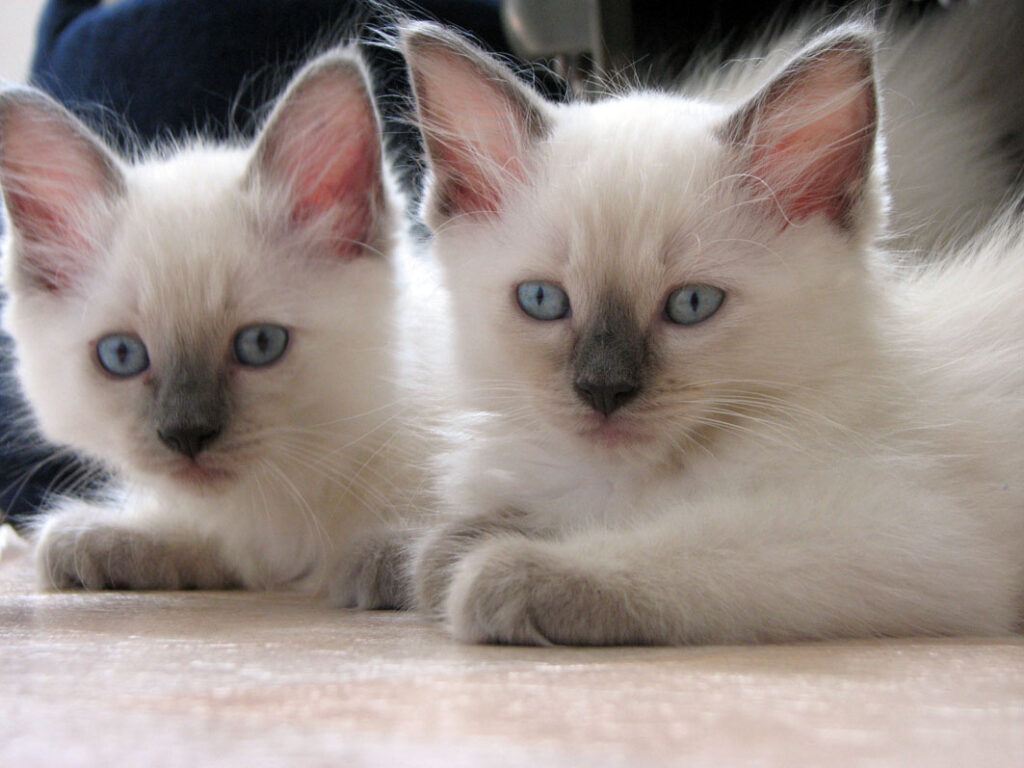
If you pick up a ragdoll cat, it will go limp in your arms; hence, the reason for the name. The breed has a characteristic of being quiet and laid-back, and also gives lots of loving. His lovely blue eyes and his white coat suit him well.
This cat interacts well with family members, and is a great household cat, as he likes taking part in family activities. He does well with kids and adults alike. His small voice, making his meow more of a chirp, tells you of his happiness.
Play with your ragdoll — teach him to fetch. He will follow you around and enjoy interacting with you.
Siamese
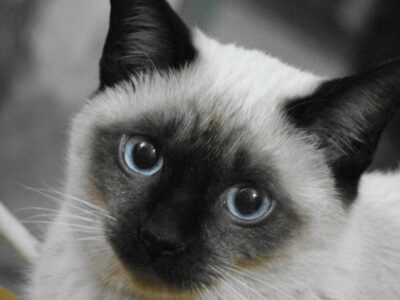
If you like to have long conversations, you might try the Siamese. Now, here’s a cat that truly likes a good, long conversation. My Siamese enjoyed chatting with me a great deal. My present cat, Mocha, has some Siamese, and he, too, takes pleasure in kitty talk.
Your Siamese, a very smart and curious animal, benefits greatly from interacting with you. This cat craves attention, so keep him company and entertain him well. He will reward you with unconditional love.
These active cats will come up with their own original games that might trigger your laughter. They have gained world popularity through their good looks and their friendliness.
Tonkinese
This cat represents the breeders’ attempt to create an affectionate, intelligent, and loving cat breed that did not vocalize quite as much as the Siamese. To breed the Tonkinese, the Siamese and Burmese cats are crossed, giving the best characteristics of both.
These cats are friendly and active and love attention. If you do not give it, they may well ask for it.
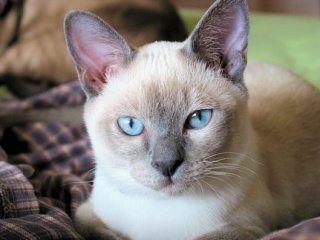
Called “Tonks” by their followers, they can get into trouble if they become bored. Thus, you might show wisdom by getting two of these cats, so they have a companion. Do not ignore this cat: He wants and needs affection, and will cuddle and purr on your lap if you give it.
You still need to talk with this cat, as he likes to carry on a conversation. He also wants to play, so to get the most benefit from this cat, interact with him. Once you’ve bonded, this cat finds being with you his most important activity.
Birman
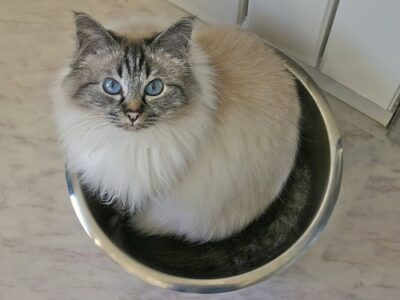
This spectacular cat, besides having bright blue eyes and a long silky coat, demonstrates a natural elegance. This breed loves being around people and has the trait of high adaptability to any home atmosphere. Friendly with anyone, they also enjoy playing with other pets.
Yes, that’s right — this cat might just cuddle with the family dog as well as with any other member of the family. Though not as outgoing and demanding of attention as some other breeds, they respond well when you make the first move.
Intuitive and loving, this cat can offer condolences and comfort if you are feeling low. A sensitive and loyal cat, he will be nearby if you need his affection.
Scottish Fold
This breed has ears that occur because of a gene that mutated randomly, causing the ears to fold forward. Breeders then developed this particular cat for its unique look. However, they have more than their cute look going for them.
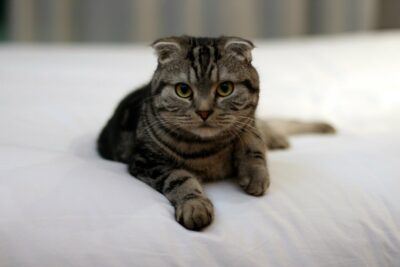
This cat will give lots of affection and likes to be social, but does not much like it when left alone. Choose this breed if you are home a lot, as the Scottish Fold will thrive on your attention.
This cat enjoys the lap cat role, but don’t be surprised if he contorts into all sorts of unlikely positions on your lap. That’s just one of his personality foibles.
The Scottish Fold wants to accompany you around the house, whatever you happen to be doing. With a quiet and easy-going personality, he will make it very clear that he wants to be nearby.
Sphynx
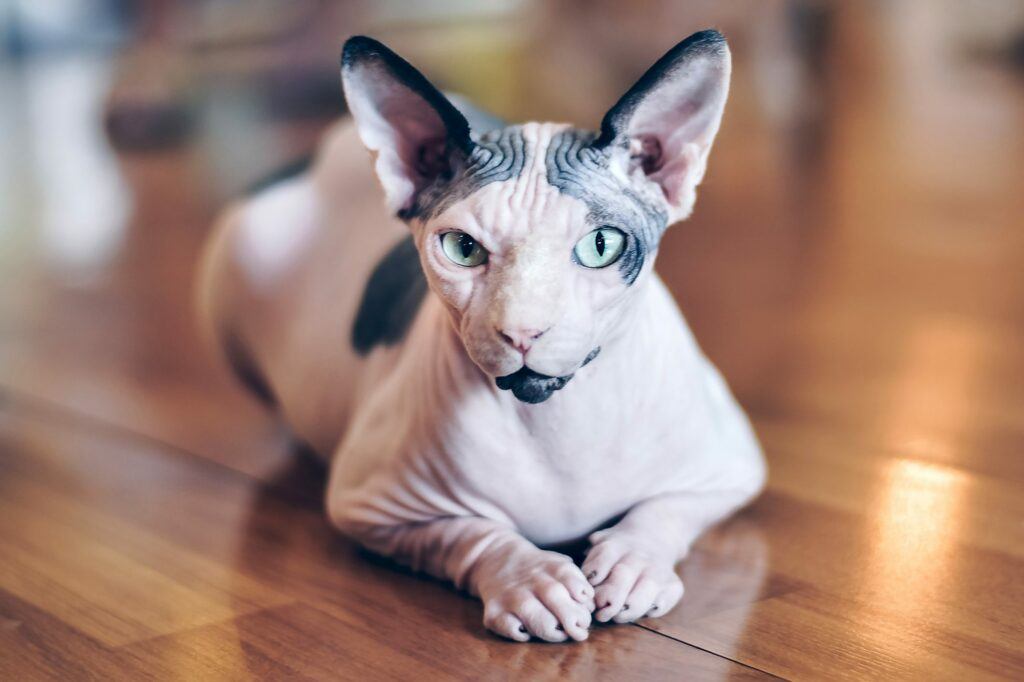
Your Sphynx cat may love interacting with you, as he is bright and extroverted. However, he loves you especially for your warmth. Because he has no hair, he is often cold, and your body offers a source of heat.
Thus, you supply a need of the cat while he in turn rewards you with affection and cuddles. Some Sphynx owners say it’s like having a living, breathing hot water bottle. Encourage them to sleep under the covers at night and they will love the warmth.
This cat enjoys entertaining you, wanting to play or perhaps just keeping you company. With no fur, the cat will not shed, another advantage. However, be sure to supply a warm, cozy bed for your Sphynx to sleep in during the day while you are gone.
Maine Coon
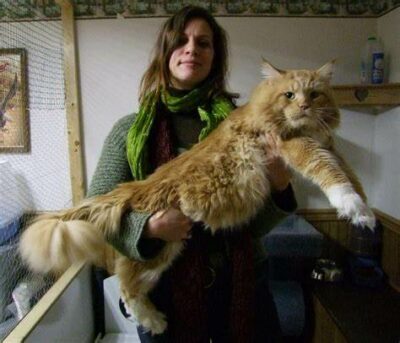
As these cats regularly tip the scale at over 20 pounds, when they choose to sit on your lap, you will be very aware of them. Though not as clingy as some other breeds, they do love attention and petting…which you will find a treat because of their long coats.
Though their early history classifies as a mystery, they are native to America. One myth has them a mix between a at and a raccoon, but that mix proves impossible biologically. Some believe these cats traveled with Viking explorers.
However they developed, they are a big, fluffy furry cuddle on a cold night. They will also love to get involved in family activities, whether lounging on the couch or asking for treats at table. Besides their affectionate personalities, their hunting skills prove top-notch and they have high intelligence.
Bombay/Burmese
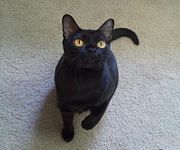
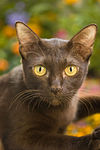
These cats are listed together because they are basically the same cat, only in different colors. The Bombay has a jet-black coat, while the Burmese cat’s coat shows as a sable brown. Both breeds are sweet-natured who like laps.
These social cats thrive on attention from family, showing equal fondness for infants, elderly, and all ages in between. A very friendly cat, they become friends with everyone they meet. You will definitely feel it as they burrow into your lap with heavy bodies.
Because of their friendly nature, if you have one of these cats, you never need to feel alone.
Any Cat Can Become A Favorite
Because your cat’s personality can respond to your positive attention, you can find your ideal cat in any breed or mix of breeds, not just these few. A cat will respond to your attention and to your interaction with him.
Just alter that belief, if you please, that cats are aloof and unfriendly and will not give love and affection. If you believe that, you are missing a vital ingredient of catness that you could find so very rewarding.
Here are the references I used for this post: thesprucepets.com/affectionate-cat-breeds-4846595 petmd.com/cat/slideshows/8-most-affectionate-cat-breeds excitedcats.com/most-affectionate-cat-breeds/ rover.com/blog/most-affectionate-cat-breeds/


As companion to 21 cats over a lifetime, I have found that the three orange cats I have been with have been the most affectionate. One, Scaramouche, is a shoulder cat. Abobo loved me so much that when I lay on the floor doing yoga, he would lie pressing his warm little body against my thigh (which made the yoga a bit more challenging). And, contrary to folk wisdom, they are quite intelligent. Abobo figured out that to open a door, he had to turn the knob, not just press on it. (I realize that “marmalade” is not a breed, but it is genetic, I believe.)
Interesting — I, too, had a couple of orange cats for a while. They seemed most gentle and relaxed. They were big cats, and my toddler used to sit on them. They didn’t care. Of course, an orange cat could come from several different breeds, so that confuses the issue. I do believe, though, that a cat’s affection can develop as he bonds with you.
As companion to 21 cats over a lifetime, I have found that the three orange cats I have been with have been the most affectionate. One, Scaramouche, is a shoulder cat. Abobo loved me so much that when I lay on the floor doing yoga, he would lie pressing his warm little body against my thigh (which made the yoga a bit more challenging). And, contrary to folk wisdom, they are quite intelligent. Abobo figured out that to open a door, he had to turn the knob, not just press on it.
My Uptight Cat figured out the doorknob-turning thing, but he couldn’t get the knob to turn…lucky for me!
With regard to my previous comment, I do realize that orange coloration can occur in most breeds. But I believe it is genetic. Also, orange cats tend to get obese. (Of course, they are almost always male, too.)
Well, both my orange cats were males…wonder if you have a new concept there.